
Hummingbirds love herbs, not only for their nectar but also for the insects they attract. These small, colorful birds will visit your garden if you plant these 15 herbs that offer them flowers, fragrance, and flavor.
Bee Balm

Bee balm is like a magnet for these delightful creatures. Its colorful bloomings, which can be pink, red, or purple, grow in clusters on tall stems. When they sprout, they’re full of sweet sap that is irresistible for these birdies.
Sage
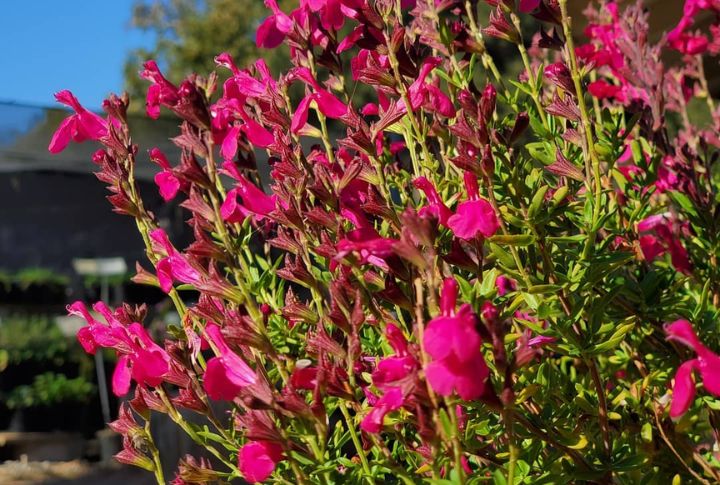
Sage, a versatile herb with a rich history, is known for its fragrant foliage and culinary uses. But it is also known to draw hummingbirds to your garden. This plant requires lots of sunlight and soil that drains well.
Lemon Balm
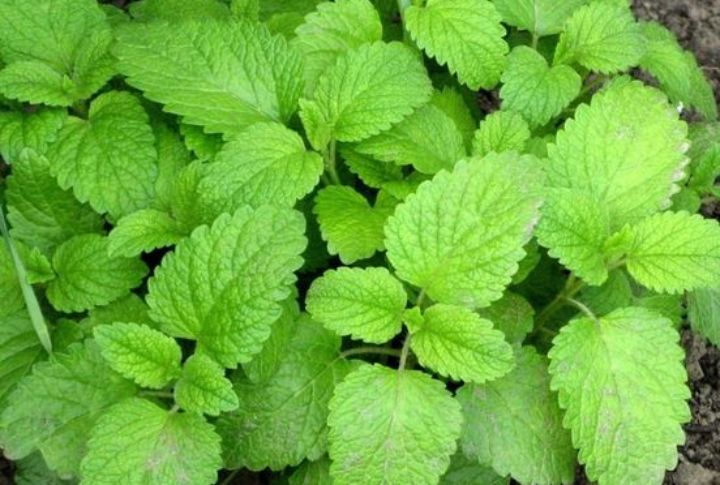
Planting a Lemon Balm in your garden will help you attract some of these little visitors. This plant has soft, green leaves that smell like lemons when you rub them. When the temperature increases in the spring and the days lengthen, this sap matures.
Lavender
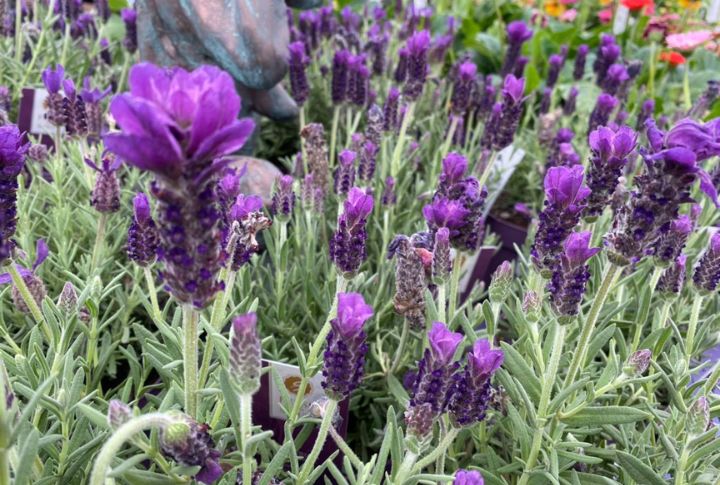
Lavender features slender spikes of fragrant, purple-blue posies atop silvery-green foliage and is a summer bloomer. It is known for its soothing aroma and calming and relaxing properties. Taking care of Lavender is relatively simple, and you need to avoid excessive moisture and prune it after flowering.
Catmint

This plant is not only appealing to cats but also to hummingbirds. Gardeners adore it for its easy-going nature and ability to flourish in various conditions. It grows in full sun to partial shade and prefers well-drained soil. Once established, catmint is drought-tolerant, making it a low-maintenance addition to any garden.
Anise Hyssop

Also called Agastache foeniculum, it is a perennial herbaceous plant and originates from the mint family. Native to North America and known for its ornamental value, culinary uses, and medicinal properties, Anise Hyssop has a sweet, licorice-like scent in flavor and aroma.
Fennel

Fennel, a fragrant herbage, has a feathery foliage and a distinctly sweet flavor. It grows annually during summers and produces small, yellow floral clusters on a tall, sturdy stem.
Agastache
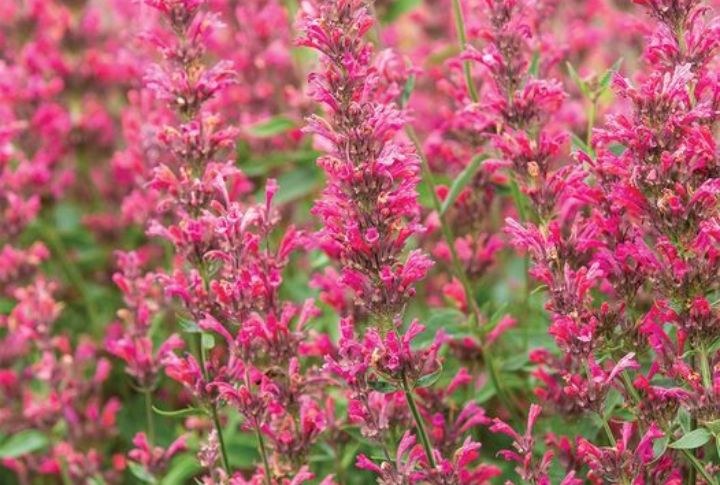
A plant that typically blossoms from mid-summer to fall, Agastache produces dense spikes of tubular plumule in orange, pink, purple, or blue tones. Its colorful blooms combined with abundant nectar are famous for bringing a variety of creatures into your backyard.
Yarrow

Yarrow is an elegant grass with delicate foliage and clusters of tiny flowers. Cut off old bloomings so new ones keep coming to prevent it from spreading beyond control. It is also resistant to pests and diseases.
Trumpet Vine

This herbage features woody stems that can climb and sprawl, reaching heights up to 30 feet. From mid to late summer, it produces showy flowers in shades of orange, red, or yellow.
Salvia

The leaves of Salvia are typically lance-shaped or oval, with a slightly fuzzy texture, giving them a silvery-green appearance. When crushed or brushed against, they release a delightful fragrance. They stand out in your backyard or while cascading gracefully from hanging baskets.
Columbine
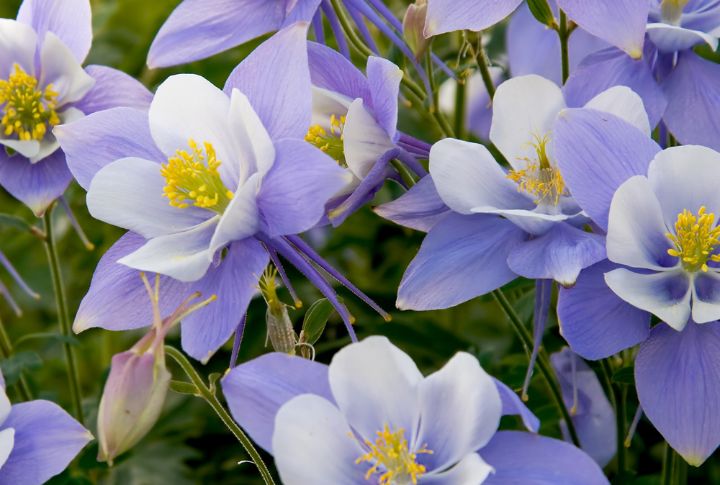
Columbines are also excellent candidates for attracting pollinators, thanks to their nectar-rich florets and intricate floral structure. They add a touch of charm to any home, whether used as a standalone specimen, massed in drifts, or mixed with other perennials.
Liatris

Liatris, commonly known as blazing star, is a native to North America. These striking flora belong to the Asteraceae family and have tall spikes of fluffy, bottlebrush-like buds. It could grow up to 2 to 4 feet, with some taller species reaching up to 6 feet.
Penstemon
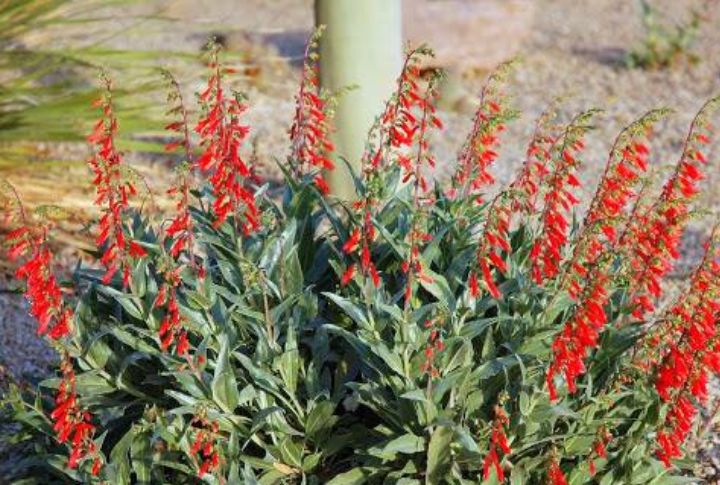
The blossoming season for Penstemon varies depending on the species and cultivar. But late spring to early summer is best suited for some, while other varieties continue to grow into the fall.
Fuschia

Fuchsia has pendulous flowerets that hang gracefully from arching stems. It requires partial to full shade, as excessive sunlight can cause their delicate leafage to scorch. Fuchsias come in a wide range, including pink, purple, red, and white hues, often with contrasting shades on the sepals and petals.


Comments
Loading…